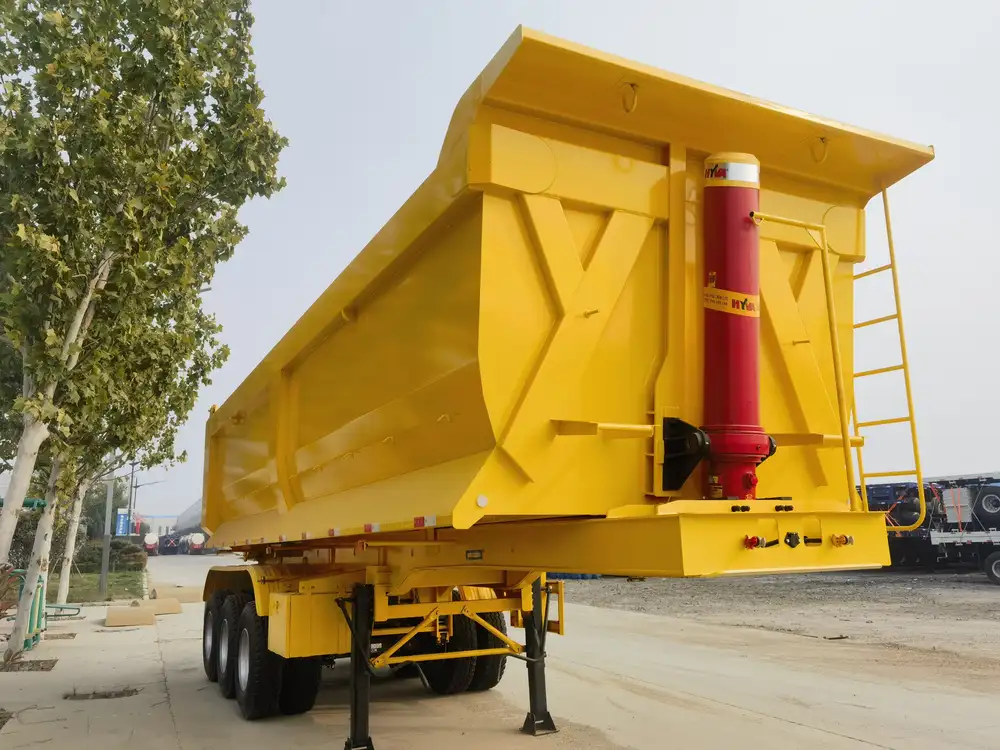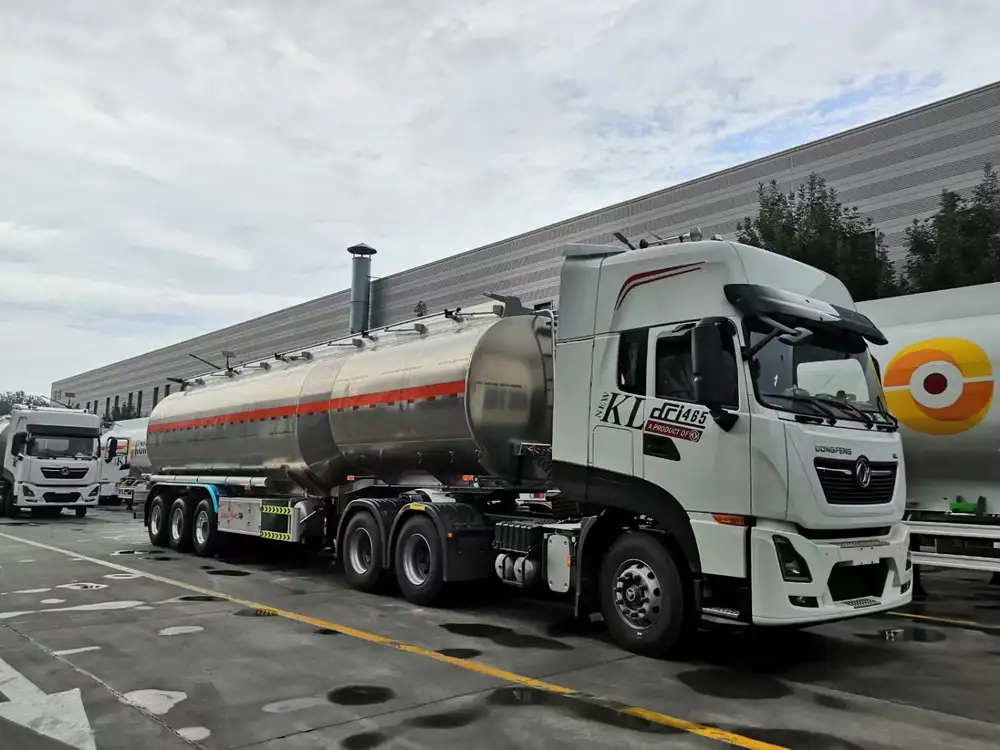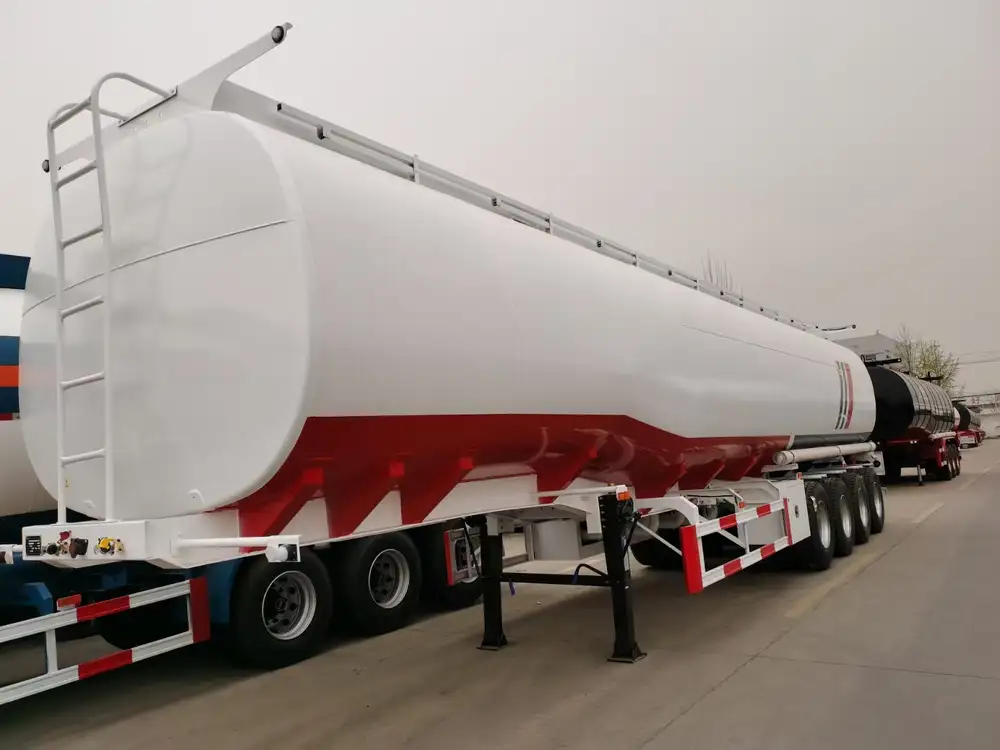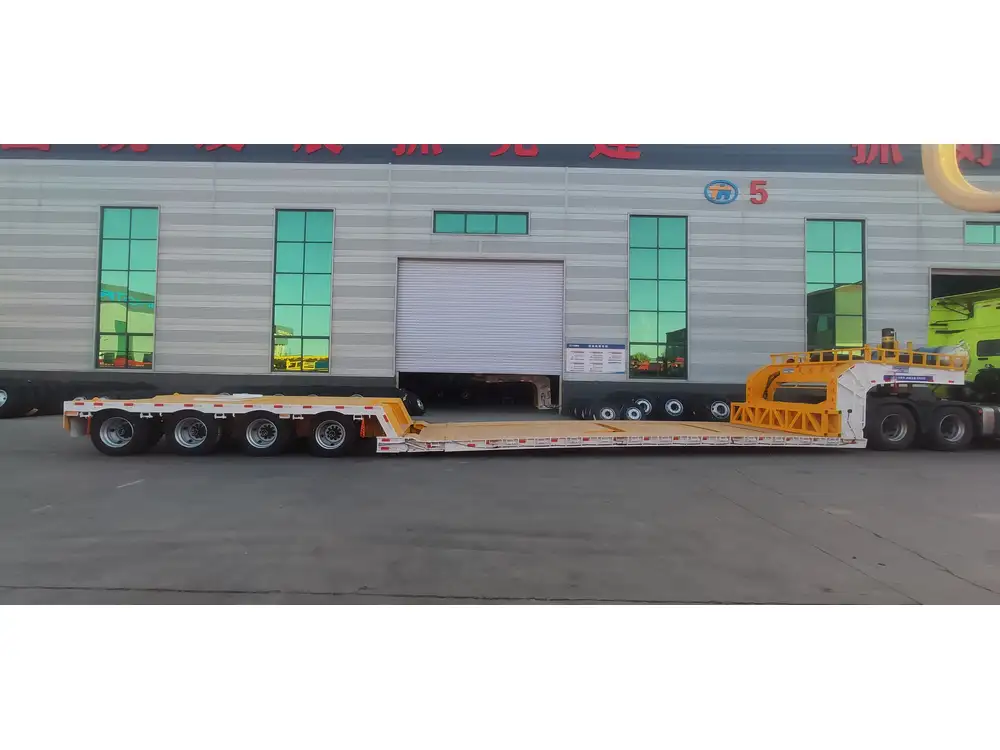When embarking on an adventure in your travel trailer, ensuring that your fresh water tank is adequately filled is paramount. The experience of hitting the open road is defined by comfort and convenience, and having easy access to clean, potable water is an essential component of that comfort. In this guide, we delve into every aspect of filling your travel trailer fresh water tank, including the steps involved, tools needed, common pitfalls to avoid, and maintenance tips to keep your tank in perfect condition.
Understanding Your Fresh Water System
Before we dive into the mechanics of filling your fresh water tank, it’s crucial to understand how the system operates. Generally, a travel trailer’s fresh water system includes:
- Fresh Water Tank: The reservoir that holds potable water.
- Water Pump: A pump that pushes water from the tank to the faucets and fixtures inside the trailer.
- Plumbing Fixtures: Sinks, showerheads, and toilets that utilize the water from the tank.
Fresh Water Tank Specifications
| Specification | Description |
|---|---|
| Tank Capacity | Typically ranges from 20 to 100+ gallons |
| Material | Commonly plastic (polyethylene) |
| Location | Often found underneath the trailer, accessible from outside |
Understanding these components enables you to better manage and maintain your travel trailer’s water supply.

Step-by-Step Procedure to Fill Your Fresh Water Tank
Now let’s detail the steps involved in filling your travel trailer’s fresh water tank.
1. Gather Necessary Equipment
Before getting started, ensure that you have the following items on hand:
- Fresh Water Hose: A food-grade hose designed specifically for drinking water.
- Hose Filter: Optional, but recommended for filtering out contaminants.
- Adapter: If your water source has incompatible fittings.
2. Locate the Fresh Water Fill Connection
The fresh water fill connection is usually located on the exterior of the travel trailer. Look for a cap or valve that is labeled “fresh water fill” or similar. This is where you’ll attach your hose.

3. Attach the Fresh Water Hose
Securely connect one end of the fresh water hose to the water source, whether that’s a spigot at a campground, a home faucet, or an external water tank. The other end should be connected to the trailer’s fresh water fill connection.
4. Open the Valves
If your system has a valve (commonly found on newer models), ensure that the valve is open to allow water to flow into the tank.
5. Start Filling
Turn on the water source to begin filling the tank. Monitor the filling progress; you may want to check periodically to avoid overfilling (especially in smaller tanks).

6. Check for Leaks
While the tank fills, inspect connections for any leaks or drips. Address any issues immediately to prevent water loss or damage.
7. Shut Off the Water Supply
Once the tank reaches its desired level (usually indicated by a gauge or sight glass), turn off the water source and disconnect the hose.
8. Replace the Cap
Don’t forget to secure the fill cap tightly to prevent contamination and ensure proper pressure in the system.

Troubleshooting Common Problems
Low Water Pressure or Flow
If you experience low water flow while filling your tank, consider these potential issues:
- Clogs: Check for any blockage in the hose or the fill connection.
- Kinks in the Hose: Ensure the hose is straight and free from any bends.
- Water Supply Issues: Ensure the source faucet is fully opened.
Tank Overflows
To prevent overflows while filling, consider using the following strategies:
- Fill with Caution: Always monitor the filling process directly.
- Use a Backup Alarm: Some enthusiasts install a water level alarm system that alerts them when the tank is full.

Contaminated Water Supply
Water quality is critical. If you’re connecting to a municipal water supply, ensure the water is potable. Utilize the following measures:
- Use a Hose Filter: Attach a filter to your hose for added protection.
- Purification Tablets: Consider using chlorine or iodine tablets to disinfect water before consumption.
Maintaining Your Fresh Water Tank
Proper maintenance of your fresh water system ensures longevity and quality. Here are essential tips for keeping your freshwater system in top shape:
Regular Cleaning
Cleaning your tank helps to remove sediment buildup and prevent algae growth. We recommend a thorough cleaning at least once a year or before long trips:
- Empty the Tank: Drain all the water out.
- Mix Vinegar and Water: A solution of one cup of vinegar per gallon of water can effectively disinfect the tank.
- Swirl and Drain: Fill the tank with this solution, agitate for a few minutes, and drain.

Protect Against Freezing
In colder months, ensure the tank is drained to prevent freezing. If you’re traveling in cold weather, consider the following:
- Insulation: Insulate the tank and surrounding plumbing.
- Anti-freeze Solutions: Use RV-specific antifreeze formulations recommended by the manufacturer.
Monitor Your Water Quality
- Frequent Testing: Regularly test your water for bacteria and other contaminants, especially after filling from non-traditional sources.
- Replace Filters: Change any filters in your system according to the manufacturer’s guidelines.
Alternative Water Sources
While filling your fresh water tank from typical sources is the most common method, alternatives do exist. Here are a few you may consider:
| Water Source | Description |
|---|---|
| Campgrounds | Most campgrounds have potable water spigots available. |
| Water Catchment | Use rainwater catchment systems for eco-friendly water collection. |
| Boreholes or Wells | Make sure water is tested for safety and potability. |
Each alternative source has its benefits and drawbacks, but safety should always be your paramount concern.

Final Thoughts
Filling your travel trailer’s fresh water tank might seem like a simplistic task, yet it is foundational to a successful and enjoyable journey. With this comprehensive guide in hand, you can confidently tackle water management while enjoying the freedom of the open road.
Maintain awareness of your trailer’s water capacity, regularly check for leaks, and always prioritize the quality of the water you consume. Your travel trailer can provide the comforts of home, and proper management of your fresh water system is a vital aspect of that experience. Whether you’re an experienced RVer or a newbie venturing out for the first time, mastering these techniques will lead to fewer hassles and more enjoyment on the road ahead.



